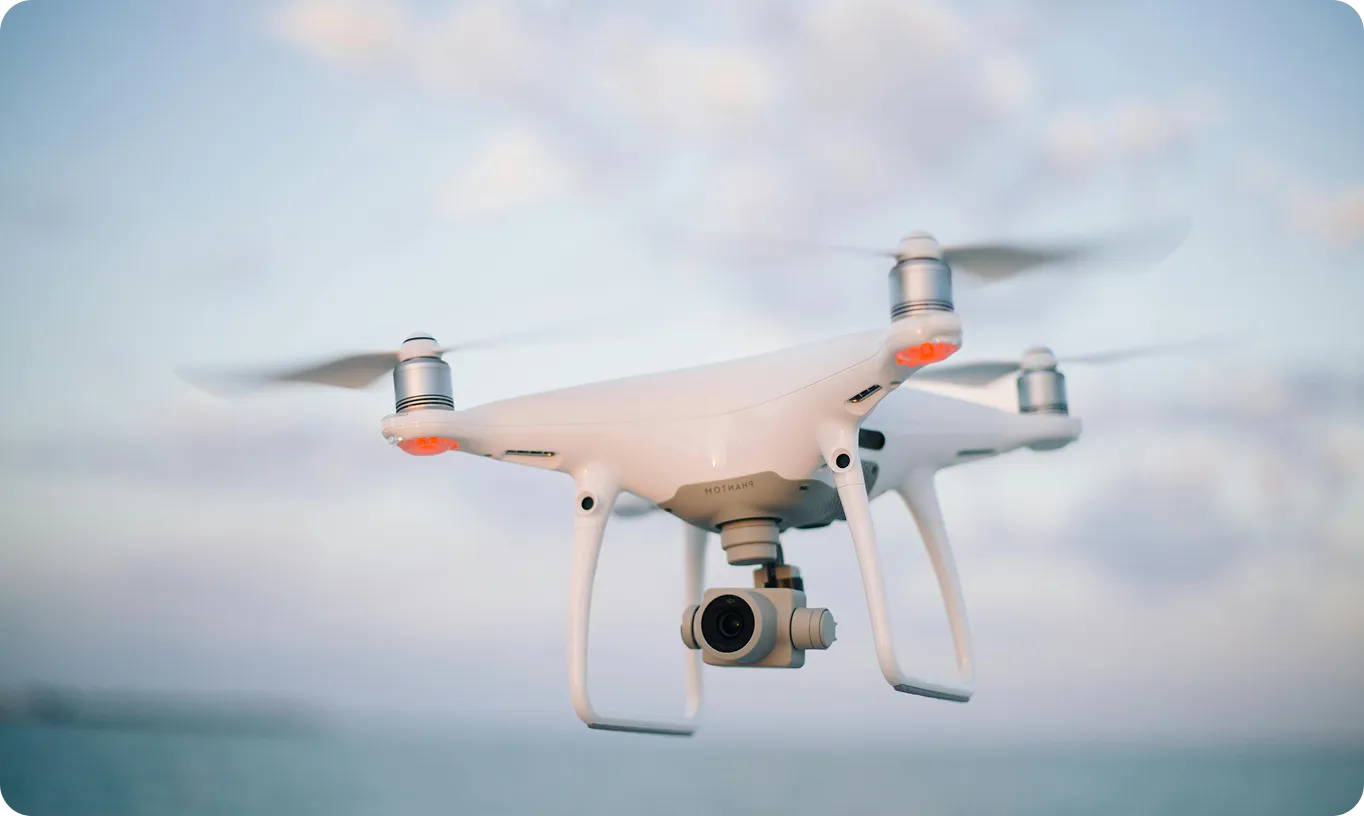Validation data is a crucial component in the Machine Learning (ML) development cycle. It is a separate subset of the original dataset, distinct from the training data used to fit the model and the test data used for final evaluation. The primary purpose of validation data is to provide an unbiased evaluation of a model fit on the training dataset while tuning model hyperparameters and making decisions about the model's architecture. This process helps in selecting the best model configuration before assessing its final performance on unseen data.
The Role of Validation Data
During the model training process, an ML model learns patterns from the training data. However, evaluating the model solely on this data can be misleading, as the model might simply memorize the training examples, a phenomenon known as overfitting. Validation data acts as a checkpoint. By evaluating the model's performance on this separate set periodically during training, developers can:
- Tune Hyperparameters: Adjust settings like the learning rate, batch size, or model complexity based on performance metrics (Accuracy, mAP, etc.) calculated on the validation set. This is often done using techniques discussed in hyperparameter tuning guides.
- Select Models: Compare different model architectures or versions (e.g., comparing Ultralytics YOLOv8 vs. YOLOv10) based on their validation performance.
- Prevent Overfitting: Monitor validation metrics to detect when the model starts performing worse on the validation set even as training performance improves, indicating overfitting. Techniques like early stopping rely on validation performance.
Validation Data vs. Training and Test Data
Understanding the distinction between training, validation, and test datasets is fundamental for robust model development:
- Training Data: The largest portion of the dataset, used directly by the learning algorithm to learn patterns and adjust model weights. The model "sees" this data frequently during the training loops (epochs).
- Validation Data: A smaller portion used indirectly during training. The model doesn't learn directly from this data, but the performance on this set guides decisions about hyperparameters and model structure. It provides feedback on how well the model might generalize to new data during the development phase.
- Test Data: A completely separate portion of data that the model has never seen during training or validation. It is used only once after all training and tuning are complete to provide a final, unbiased estimate of the model's generalization ability on unseen real-world data.
Proper separation, often managed using tools like Ultralytics HUB for dataset versioning and management, ensures that information from the test set does not "leak" into the training or model selection process, which would lead to overly optimistic performance estimates.
Hyperparameter Tuning and Model Selection
Validation data is indispensable for hyperparameter tuning. Hyperparameters are configuration settings external to the model itself, set before the learning process begins. Examples include the learning rate, the number of layers in a neural network, or the type of optimization algorithm used. Developers train multiple model versions with different hyperparameter combinations, evaluate each on the validation set, and select the combination that yields the best performance. This systematic search can be automated using methods like Grid Search or Bayesian Optimization, often facilitated by platforms integrated with MLOps tools.
Cross-Validation
When the amount of available data is limited, a technique called Cross-Validation (specifically K-Fold Cross-Validation) is often employed. Here, the training data is split into 'K' subsets (folds). The model is trained K times, each time using K-1 folds for training and the remaining fold as the validation set. The performance is then averaged across all K runs. This provides a more robust estimate of model performance and makes better use of limited data, as explained in the Ultralytics K-Fold Cross-Validation guide.
In summary, validation data is a cornerstone of building reliable and high-performing Artificial Intelligence (AI) models. It enables effective hyperparameter tuning, model selection, and overfitting prevention, ensuring that models generalize well beyond the data they were trained on.









